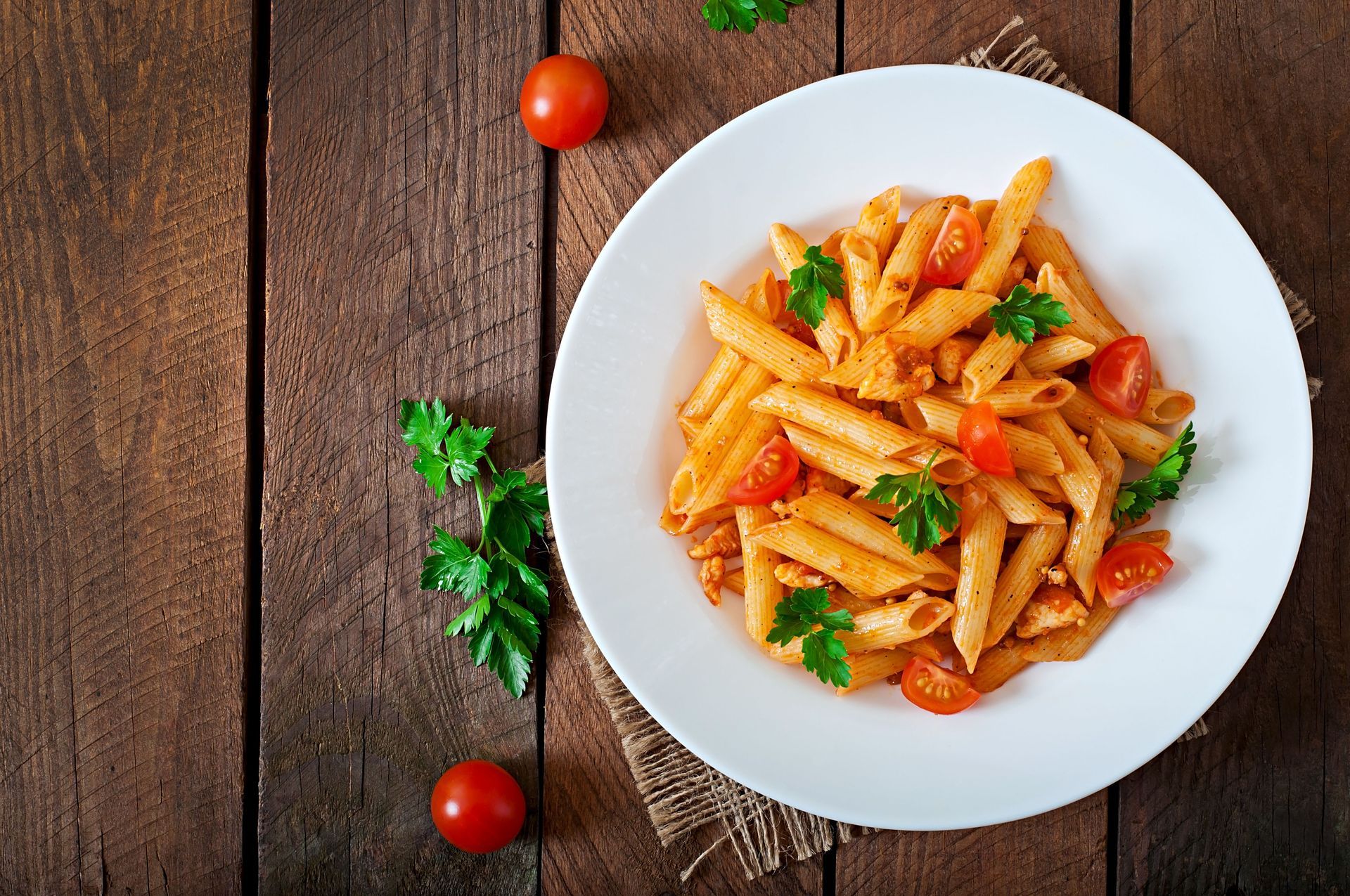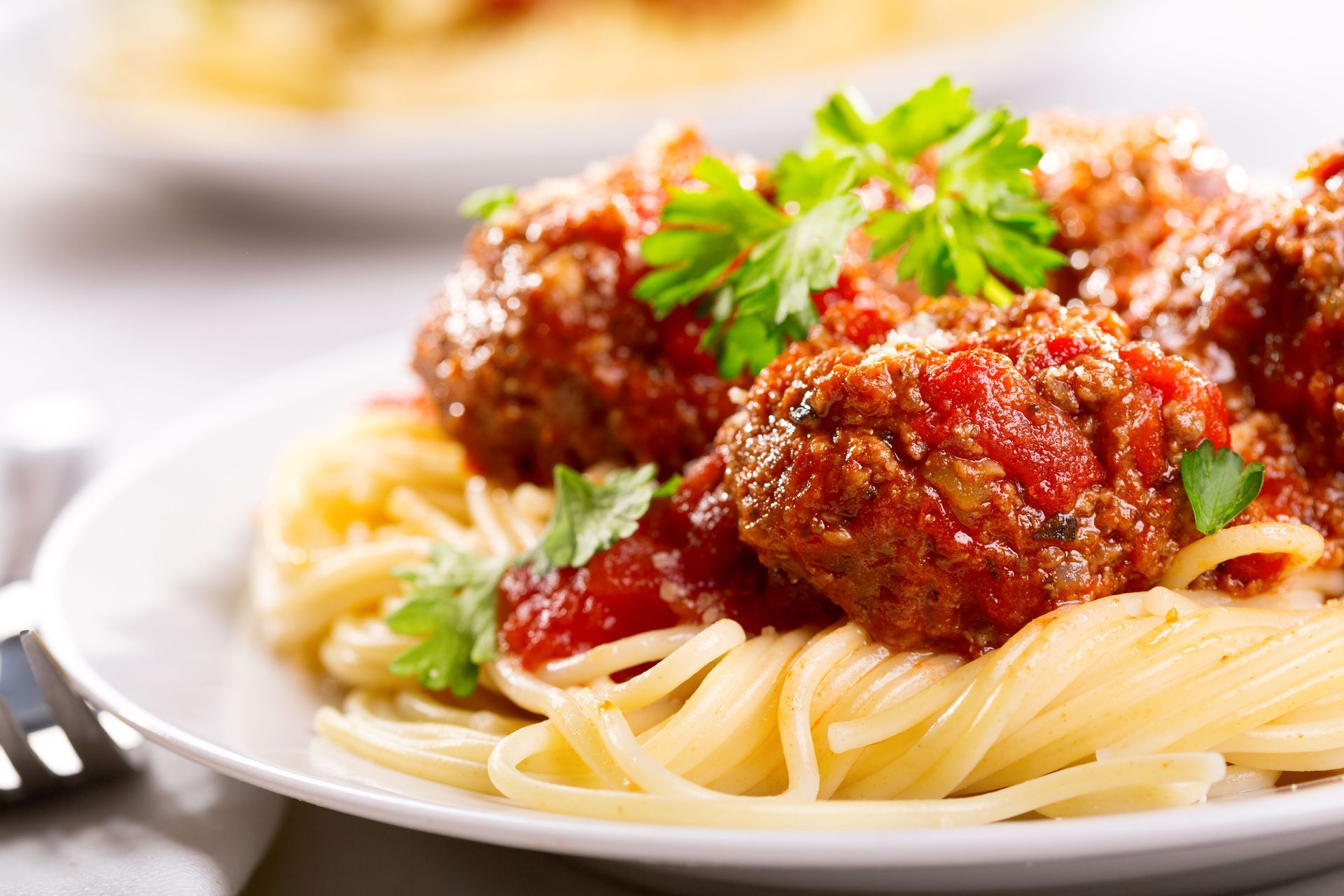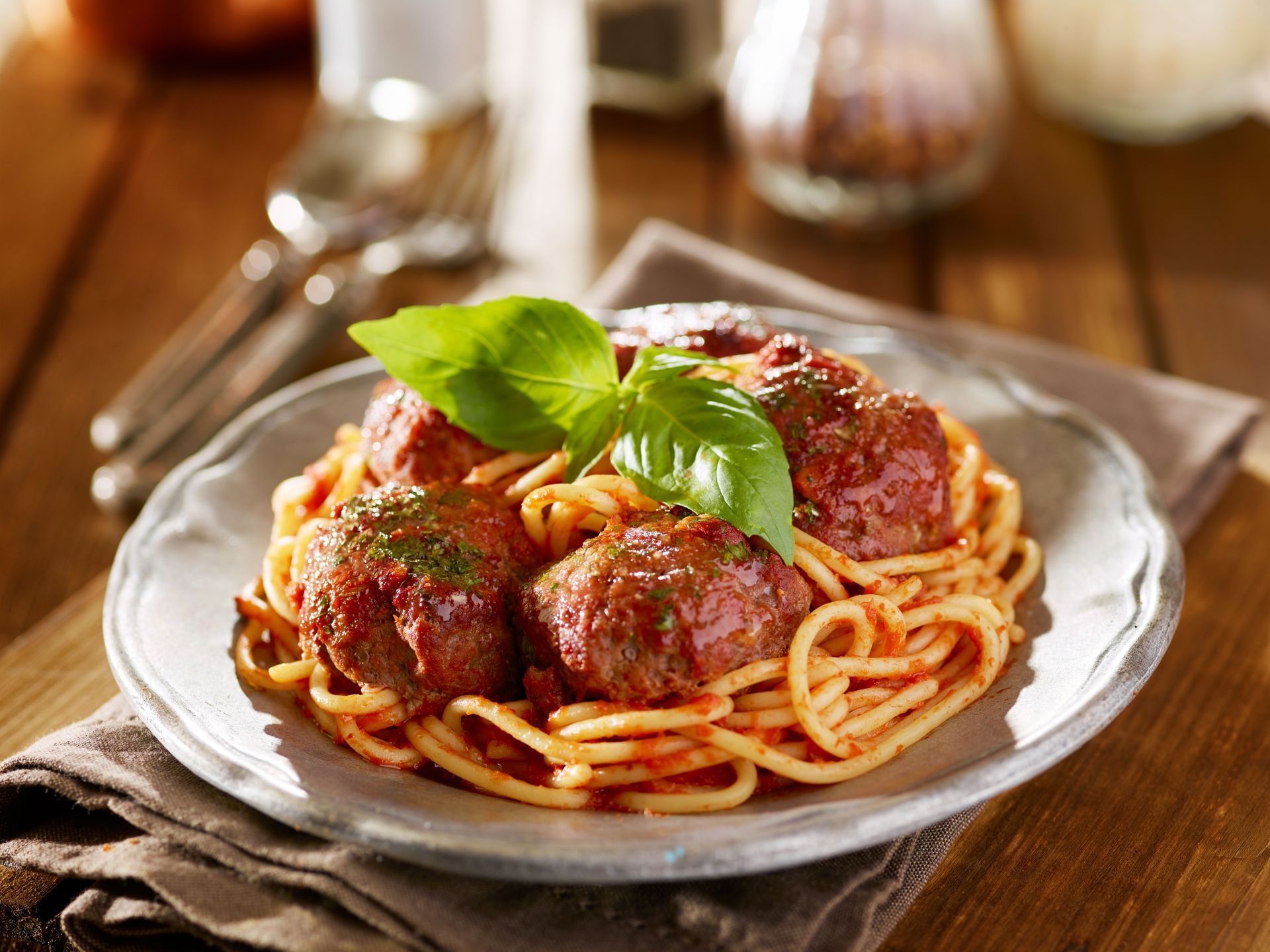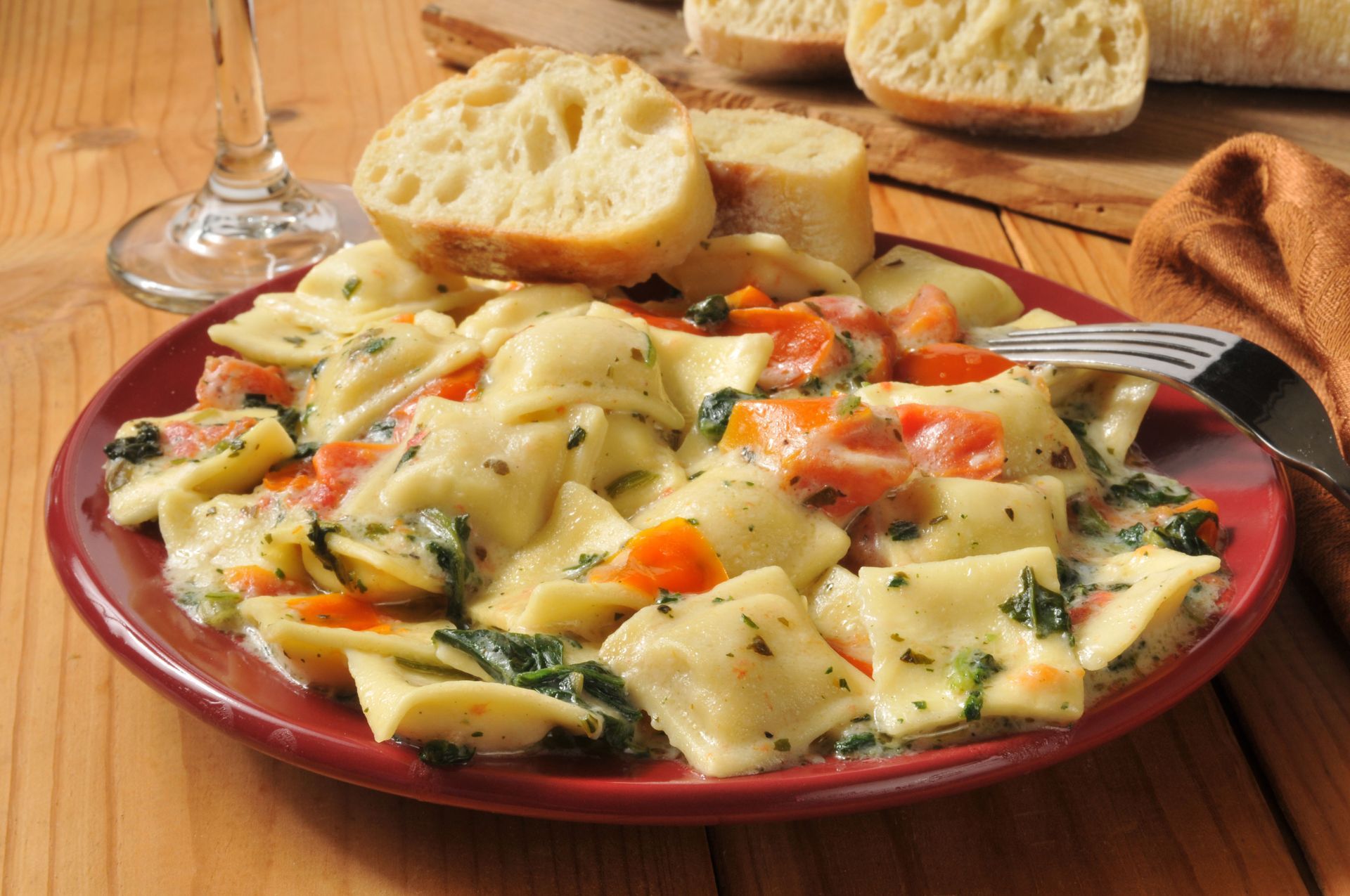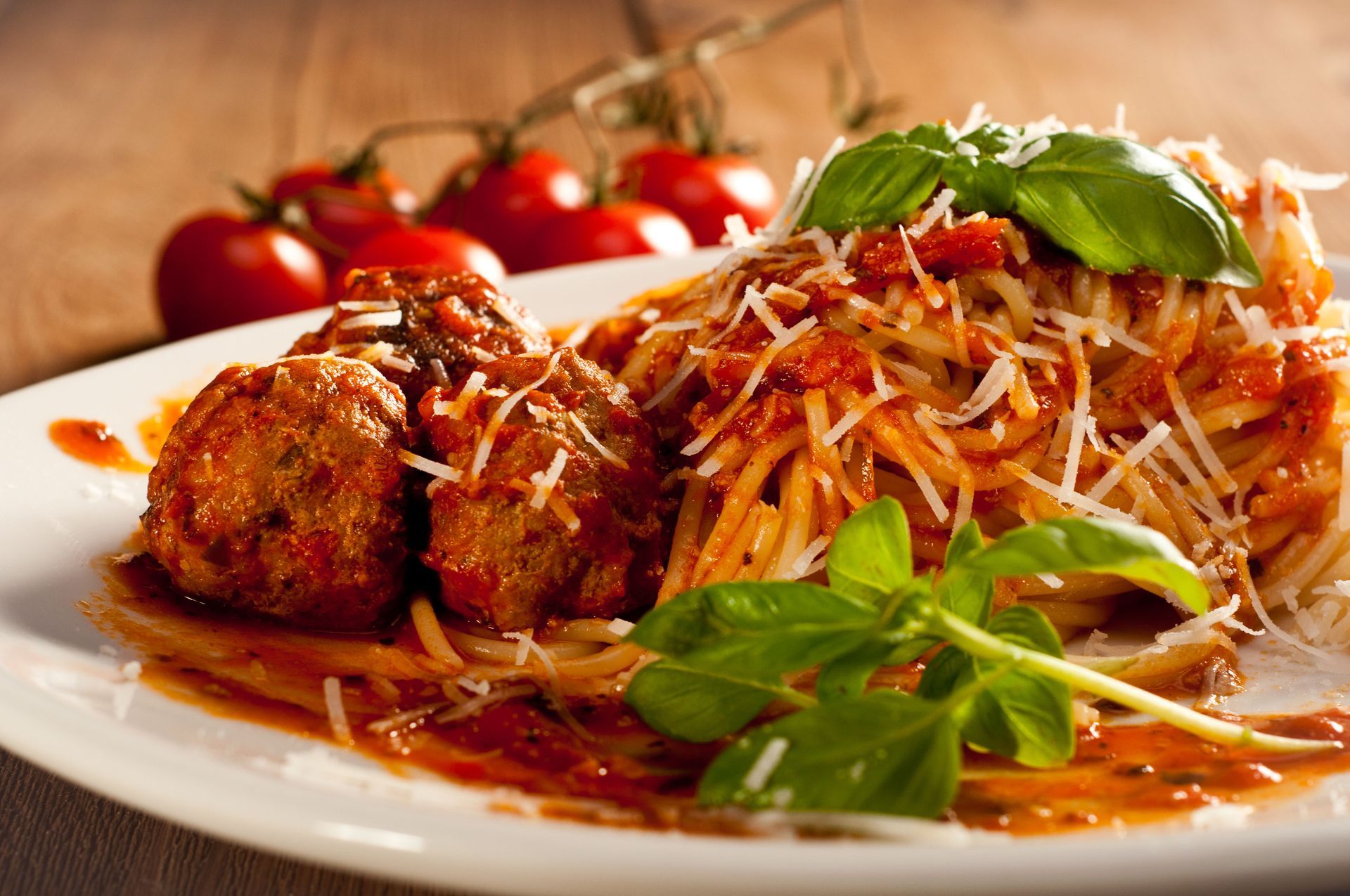What Sets Authentic Italian Cuisine Apart From the Rest
By Jeremy Koss |August 21, 2025
Italian cuisine, cherished worldwide, stands out for its deep respect for tradition, rich regional diversity, and dedication to quality ingredients. Its influence shapes the dining habits of millions, making it a favorite in homes and restaurants across the globe. According to Nation's Restaurant News, 61% of people enjoy Italian food at least once a month, reflecting its universal appeal and versatility for both casual meals and special occasions. This article explores the heart of authentic Italian culinary traditions, highlighting the unique elements that set it apart from other global cuisines.
With roots that trace back thousands of years, Italian cuisine is much more than pasta and pizza. It is a rich tapestry woven from the histories and geographies of diverse regions, each contributing distinct flavors and techniques. By understanding these nuances, one can truly appreciate the depth and breadth of Italian cuisine.
Beyond the kitchen, Italian cuisine's profound impact on social and cultural life cannot be underestimated. Meals are often central to celebrations and family gatherings, embodying the Italian philosophy of food as a form of expression, love, and community. This article will explore these multifaceted aspects of Italian cuisine, revealing what makes it uniquely authentic.
Exploring Historical Roots and Regional Diversity
Ancient Roman cuisine laid the groundwork for many of the principles and dishes that define modern Italian cooking. The Romans were adept at integrating foods from the various territories they conquered, bringing olives, figs, and grapes from different regions into their culinary repertoire. This practice of incorporating diverse ingredients became a hallmark of Italian cuisine. Historians note that the lavish banquets of the Roman elite featured a variety of dishes, emphasizing abundance and diversity. This heritage of variety and abundance still characterizes Italian culinary philosophy today.
Over time, this fusion of flavors gave rise to regional differences, as local ingredients and traditions took root. The north of Italy begins to distinguish itself with richer, butter-based sauces while the south utilizes olive oils and fresh tomatoes. These geographical distinctions reflect not only the history but also the historical trade routes established during Roman times.
Examining the Legacy of the Etruscans and Their Culinary Contributions
The Etruscans, predecessors to the Romans, significantly influenced the development of Italian cuisine. Flourishing in central Italy, their agricultural practices and culinary traditions laid foundational elements for Roman and later Italian cooking. Etruscan cuisine utilized pulses, grains, and olive oil, ingredients that remain key in Italian dishes today. They were known for their use of the bean, which continues to be a staple in many traditional Italian soups and stews. This early emphasis on agricultural abundance and local produce became a defining feature of Italian culinary philosophy.
The delicious legacies of this ancient civilization permeate Italian cuisine, ensuring their enduring presence in the annals of culinary history. By adopting their culinary practices, the Romans cultivated a culture where food became a celebration of life, reflecting societal values of abundance, community, and tradition. Even now, Italian cuisine treasures this heritage, showcasing the importance of historical continuity in maintaining its authenticity. Through their contributions, the Etruscans provided not only ingredients but also a philosophy of dining that continues to animate Italian culinary traditions.
Understanding How Geography Shapes Regional Variations
Italy’s diverse geography significantly influences the regional variations in its cuisine. The north, bordered by the Alps, features a climate suitable for cattle farming, leading to dishes rich in dairy products such as butter, cream, and cheese. Conversely, the arid, sun-drenched south favors olive cultivation, resulting in recipes prominently using olive oil and fresh vegetables. This geographical diversity ensures a variety of flavors and ingredients, with each region honing its specialties. The culinary map reflects Italy’s varied landscapes, from the fertile fields of Tuscany to the volcanic soils of Sicily.
Understanding these regional differences is key to appreciating the full spectrum of Italian cuisine. It goes beyond simply what is consumed to embrace how these foods are prepared, honoring the traditions and innovations of local communities. This geographical segmentation ensures the authenticity and integrity of Italian culinary practices, maintaining the significance of 'terroir' - the taste of place - within each dish. By embracing regional variation, Italian cuisine continues to be a celebration of nature’s bounty, history, and cultural continuity.
Analyzing the Role of Trade and Conquest in Diversifying Flavors
Trade and conquest further expanded the culinary repertoire of Italy, introducing new ingredients and cooking techniques. The spice trade of the medieval period introduced the Italian palate to exotic flavors, which were integrated into local cuisine. Influences from the east brought new spices, while the expeditions of explorers like Marco Polo introduced pasta varieties, vegetables, and spices to the Italian culinary landscape. The result was an evolving tapestry of flavors, seamlessly blended with traditional Italian ingredients to create unique and diverse dishes.
Italian cuisine thrives on its capacity for adaptation and incorporation, absorbing foreign influences while retaining its unique essence. The way Italian cuisine has embraced these influences while remaining true to its roots highlights its phenomenal versatility and resilience. This dynamic interplay between tradition and innovation underscores the creativity inherent in the Italian culinary ethos. By understanding the role of trade and conquest, we can better appreciate the rich historical tapestry that defines authentic Italian cuisine.
Preserving Traditions Over Centuries
The unwavering commitment to preserving culinary traditions has defined Italian cuisine over the centuries. Generations have passed down recipes not only as instructions for meals but as markers of family heritage and identity. In rural towns and villages, the continuity of tradition ensures that regional dishes remain intact, offering authenticity in every bite. Elder generations impart culinary wisdom to their successors, often through hands-on teaching that reinforces not only techniques but the cultural significance behind dishes. This intergenerational transfer fosters a deep respect for culinary heritage.
The enduring appeal of Italian cuisine is rooted in this authenticity and commitment to tradition. Though modern influences and global popularity encourage evolving interpretations, the core values remain steadfast. Authentic Italian cuisine serves as a testament to the resilience and creativity of people dedicated to their culinary legacy. It reminds us that food is not just sustenance but an expression of culture, identity, and history, transcending generations.
Embracing Quality Ingredients and Simplicity
At the heart of authentic Italian cuisine is a fundamental respect for quality ingredients, especially fresh, locally-sourced produce. Italians prioritize seasonal ingredients, resulting in dishes that are naturally aligned with nature's rhythm and flavors. This preference for fresh produce ensures that the preparatory methods highlight the natural taste and quality of food. Markets brimming with vibrant vegetables, fruits, and herbs showcase the region's produce, which forms the backbone of many iconic dishes. By prioritizing local sourcing, Italian cuisine maintains a connection to the land and sustains local agricultural practices.
This connection to nature’s calendar is ingrained in Italian cooking traditions and reflects a philosophy of living harmoniously with the land. Celebrating seasonality has also become a critical factor for global chefs and food enthusiasts who take inspiration from Italian culinary practices in creating menus that spotlight fresh and local produce. Authentic Italian cuisine, therefore, mirrors not only the landscape and biodiversity but the cultural ethos of appreciating and respecting the earth's cycles. This approach captivates hearts and palates worldwide, inspiring a deeper understanding of food and its origins.
From its ancient roots and regional diversity to its unwavering commitment to quality ingredients, Italian cuisine offers more than just food—it delivers an experience steeped in culture, history, and community. Every dish tells a story, carrying with it centuries of tradition and a deep respect for the land and people who cultivate its flavors. Whether enjoyed in a bustling city or a quiet countryside village, authentic Italian cooking connects us to something timeless and universally loved. Ready to savor the true flavors of Italy? Visit Balistreri's Bluemound Inn and indulge in dishes crafted with care, tradition, and the finest ingredients—bringing the heart of Italy to your table.


